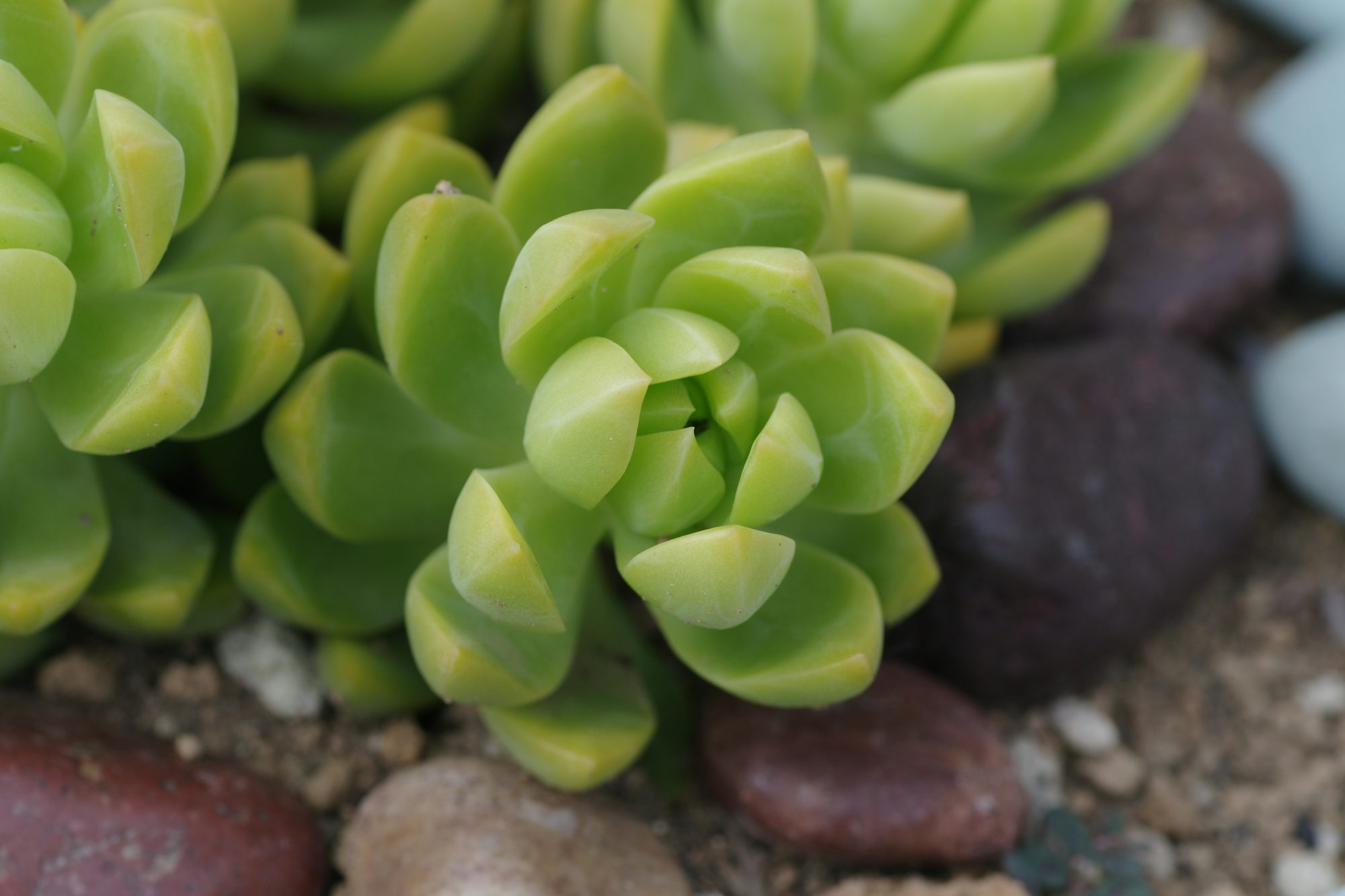
Exploring the World of Artisan Jewelry: Craftsmanship and Creativity
Dive into the fashion enchanting realm outfits of artisan jewelry, highlighting its unique craftsmanship, materials, accessories and chic wardrobe style trends how to apparel appreciate fashionista clothing and choose these one-of-a-kind pieces.The Essence of Artisan Jewelry
Artisan jewelry is defined by its handmade nature and the distinct style of the craftsman. Each piece is a reflection of the artisan's creativity, often inspired by personal experiences, cultural heritage, or natural surroundings. This level of individuality ensures that no two pieces are exactly alike, allowing wearers to express their unique identities through their jewelry.
Characteristics of Artisan Jewelry
1. Handcrafted Excellence: Artisan jewelry is typically made by hand, which means it often showcases superior craftsmanship. Artisans use traditional techniques passed down through generations, ensuring that each piece is not only beautiful but also built to last.
2. Unique Designs: Every artisan brings their own perspective and style to their work, resulting in a wide array of designs. From intricate patterns to bold statements, artisan jewelry reflects the personality and creativity of its maker.
3. Quality Materials: Many artisans prioritize the use of high-quality, ethically sourced materials. This commitment not only enhances the beauty of the pieces but also promotes sustainability within the jewelry industry. Common materials include sterling silver, gold, gemstones, and recycled materials.
4. Cultural Significance: Artisan jewelry often reflects the cultural heritage of its maker. This connection to tradition can be seen in clothing the motifs, materials, and techniques used, making each piece a story in itself.
The Artisan Process
Creating artisan jewelry involves a meticulous process that showcases the artisan's skills and creativity. Here’s an overview of the typical steps involved:
1. Concept Development
The journey begins with inspiration. Artisans often draw ideas from nature, cultural symbols, or personal experiences. Sketching out designs helps them visualize the final piece and refine their concepts.
2. Material Selection
Choosing the right materials is crucial in the artisan process. Artisans often prefer to work with high-quality, ethically sourced materials that resonate with their design vision. They may explore a variety of metals, gemstones, and other materials, considering how each element will contribute to the overall piece.
3. Handcrafting Techniques
Using traditional techniques, artisans carefully shape, mold, and assemble their designs. Techniques may include metalworking, stone setting, enameling, and more. The handmade aspect of artisan jewelry allows for greater flexibility and creativity compared to mass production.
4. Finishing Touches
After the initial creation, artisans add finishing touches to enhance the piece's beauty. This may involve polishing, adding texture, or applying patinas. The final result is a unique work of art that embodies the artisan's skill and vision.
Types of Artisan Jewelry
Artisan jewelry comes in various forms, each showcasing different styles and techniques:
1. Handcrafted Rings
Rings are a popular medium for artisans to express their creativity. Whether it's an engagement ring, a statement piece, or a simple band, handcrafted rings often feature intricate designs and unique gemstones that tell a story.
2. Statement Necklaces
Artisan necklaces can range from delicate pendants to bold, sculptural pieces. These necklaces often incorporate various materials and techniques, allowing artisans to create eye-catching designs that draw attention.
3. Unique Earrings
Earrings are another popular form of artisan jewelry. From simple studs to elaborate dangles, handcrafted earrings can chic add a distinctive flair to any outfit. Many artisans experiment with shapes and materials to create one-of-a-kind designs.
4. Bracelets and Bangles
Artisan bracelets and bangles can vary greatly in style, from delicate chain bracelets to chunky cuffs. These pieces often reflect the artisan's personality and can be layered or worn alone for different effects.
Appreciating Artisan Jewelry
Understanding and appreciating artisan jewelry goes beyond its aesthetic appeal. Here are some tips to help you fully appreciate these unique creations:
1. Learn About the Artisan: Take the time to learn about the artisan behind the piece. Understanding their background, inspiration, and techniques can enhance your appreciation for their work.
2. Examine the Craftsmanship: Pay attention to the details in the jewelry. Look for signs of quality craftsmanship, such as smooth finishes, secure settings, and thoughtful design elements.
3. Consider the Story: Each piece of artisan jewelry has a story. Reflect on what the piece represents to you or how it resonates with your personal style and experiences.
4. Embrace Individuality: Artisan jewelry is about celebrating uniqueness. Don’t shy away from pieces that speak to your individuality, even if they differ from mainstream trends.
Choosing Artisan Jewelry
When selecting artisan jewelry for your collection, consider the following tips:
1. Identify Your Style: Think about your personal style and what types of jewelry you typically wear. This will help guide your selection process when choosing artisan pieces.
2. Support Local Artisans: Look for local artisans in your community or online platforms that showcase their work. Supporting local craftsmanship not only boosts the local economy but also fosters a connection between the artisan and the customer.
3. Visit Craft Fairs and Markets: Attending craft fairs and artisan markets is an excellent way to discover unique outfits pieces and meet the creators behind them. Engaging with artisans can provide insights into their work and inspiration.
4. Ask Questions: Don’t hesitate to ask artisans about their work, techniques, and the materials they apparel use. This can deepen your understanding and appreciation for the piece you’re considering.
Conclusion
Artisan jewelry represents the intersection of creativity, craftsmanship, and individuality. Each piece is a testament to the artisan's skill and vision, making it a unique addition to any jewelry collection. By understanding the artisan process, appreciating the uniqueness of each piece, and thoughtfully choosing artisan jewelry, you can celebrate the beauty of handmade craftsmanship. Whether you’re drawn to intricate designs or bold statements, artisan jewelry offers endless possibilities for self-expression and style.